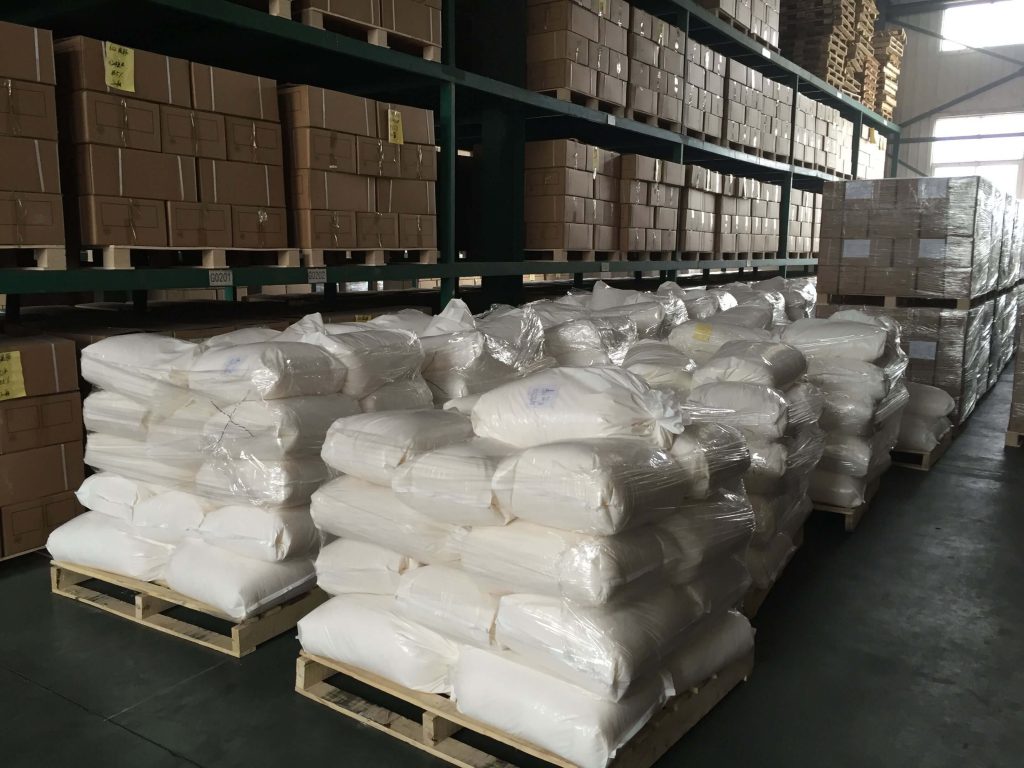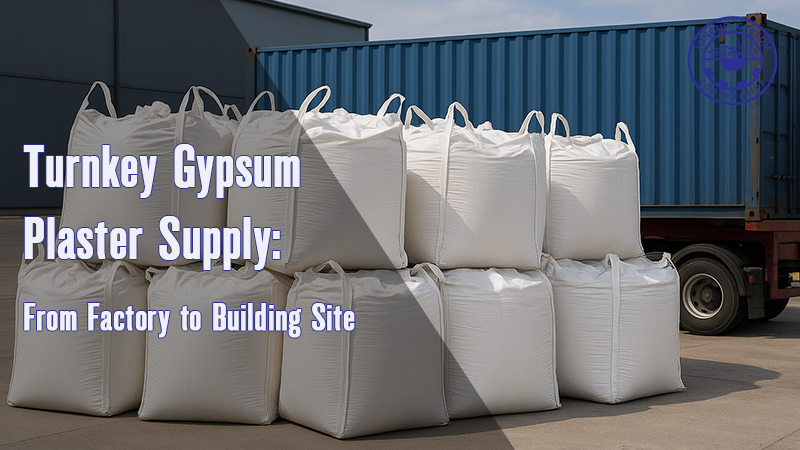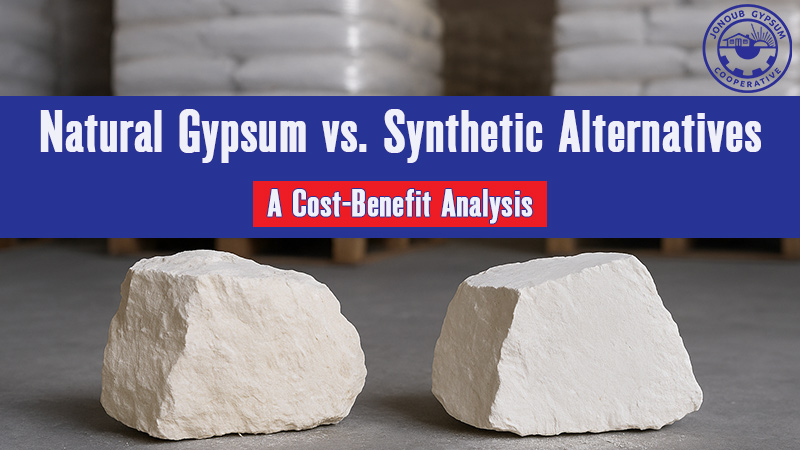
Bagged and bulk gypsum plaster storing guide
The storing of construction materials like gypsum plaster must be done in a way that makes them easy to access. and they must be sorted in a way that the materials would be used in order of arrival. Meaning that newly arrived materials must be used after the older ones. Materials must not get mixed together and they must not lose their properties due to environment conditions. And there should not be the possibility of a fire. In this article we’ll guide you through storing bagged gypsum plaster (known as plaster of paris) both in bag/bulk.
Storing bagged gypsum plaster
Storing gypsum plaster in bags makes the transportation and arrangement of it much easier inside the construction site. but we must remember that if stored incorrectly, even bagged gypsum is exposed to risks. Gypsum bags must be piled on top of boards that are at least 10 centimeters above the ground. The distance between these piles and the walls of the storage room must be at least 20 centimeters. and not more than 10 bags of gypsum should be stacked on top of each other.
If gypsum is stored for a long time, it will form into some compressed lumps. This problem can be solved with rolling the gypsum bags on the floor. If rolling bags on the floor for one time breaks the lumps inside, then the gypsum is good for use. But if lumps don’t break first time then in order to ensure gypsum plaster quality, standard tests must be performed.
Storing bulk gypsum plaster
Storing and maintaining bulk gypsum plaster requires specific procedures to ensure its quality and usability. The most effective method for bulk storage is using silos, as they provide a controlled environment that protects the plaster from contamination and environmental factors. Before loading gypsum plaster into silos, it is crucial to thoroughly clean and inspect the silos to avoid any residual materials or impurities that might compromise the integrity of the plaster.
In regions where the humidity level exceeds 90%, special precautions are necessary. Gypsum bags should not be stored for more than six weeks under such high-humidity conditions, as prolonged exposure can lead to moisture absorption, compromising its effectiveness. When stored in specialized silos designed to resist humidity and other adverse conditions, the maximum storage duration should not exceed three months.
Beyond these time frames, the gypsum’s quality may deteriorate, making it less reliable for use in construction or other applications. To mitigate risks associated with extended storage periods, it is essential to test the gypsum for quality and performance before utilizing it in any project. This ensures that the material still meets the necessary standards and avoids potential structural or functional issues caused by compromised plaster.







